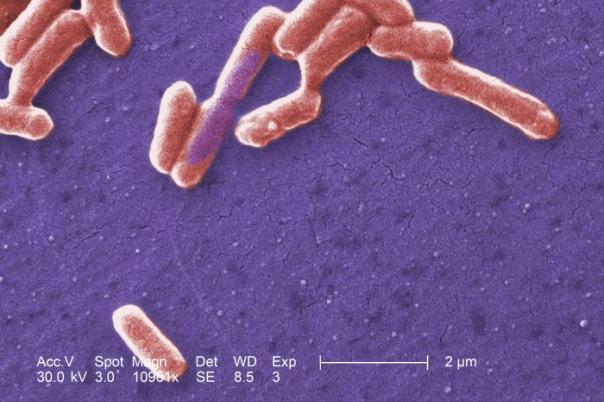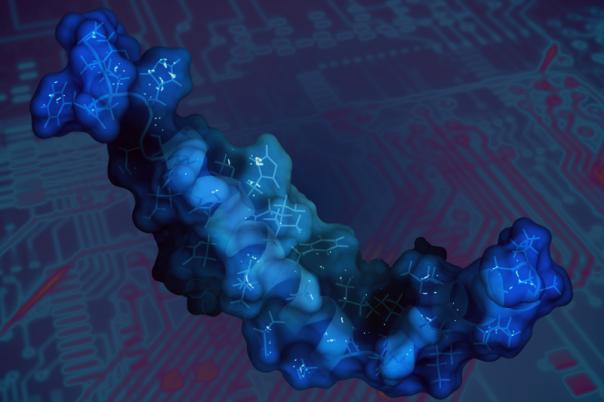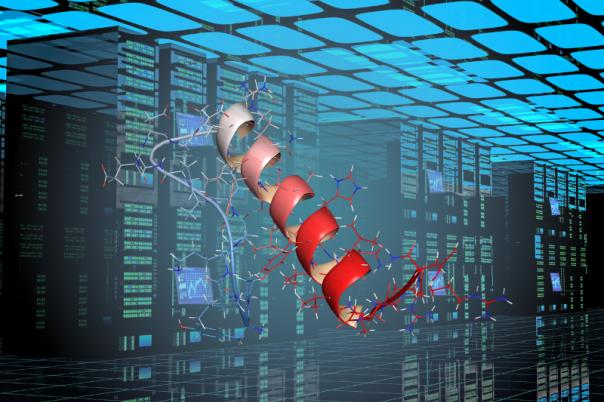More and more peptides are joining the market for various therapeutic aims. Approximately 144 peptides were approved for as pharmaceuticals and diagnostic agents by 2023, and 46% of these approvals were cyclic peptides.
However, data shows that very few of these therapies are being administered orally which is the patient preferred route. Instead, most are being delivered subcutaneously, intramuscularly, intravenously, or via bolus injection. Furthermore, cyclic peptides present their own challenges like limited stability, low permeability, and short half-life. Fawaz’s presentation discussed ways in which the enzymatic instability of cyclic peptides can be tackled early in discovery.
The human body is home to over 500 proteases which can ubiquitously chew up cyclic peptides. Of particular issue is when these proteases ‘open’ cyclic peptides by cleaving them at any point in their sequence, thus linearising them. Because the linearised peptide will have the same mass wherever it is cleaved, it is difficult to tell exactly where the protease has opened it from.
Fawaz introduced advanced ion mobility spectrometry technology, coupled with mass spectrometry, which provided a third dimension for analysing cyclic peptides. This technology allowed for better separation of metabolites with the same mass and charge.
Fawaz also discussed the use of tagging techniques to identify the sites of metabolism more precisely. A newly formed amine terminal on linearised peptides could be tagged with mass spectrometry-friendly labels, aiding in the identification of metabolic sites. She presented a case study involving a cyclic peptide targeting PCSK9, where the new methodologies effectively identified multiple metabolites from a single peak observed in traditional methods.
The presentation concluded with future directions, emphasising the need for further research into dosing cyclic peptides in vivo and analysing them in complex biological matrices to assess their metabolic behaviour. Fawaz acknowledged her collaborators and previous publications, highlighting the ongoing research efforts in this field.





